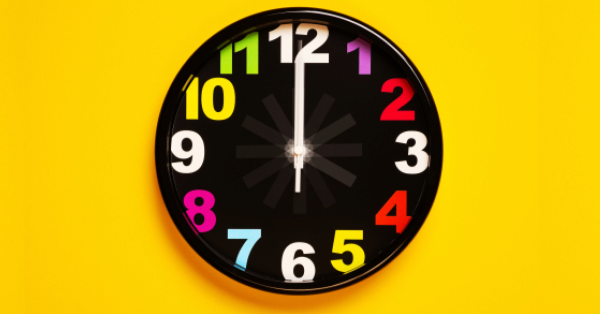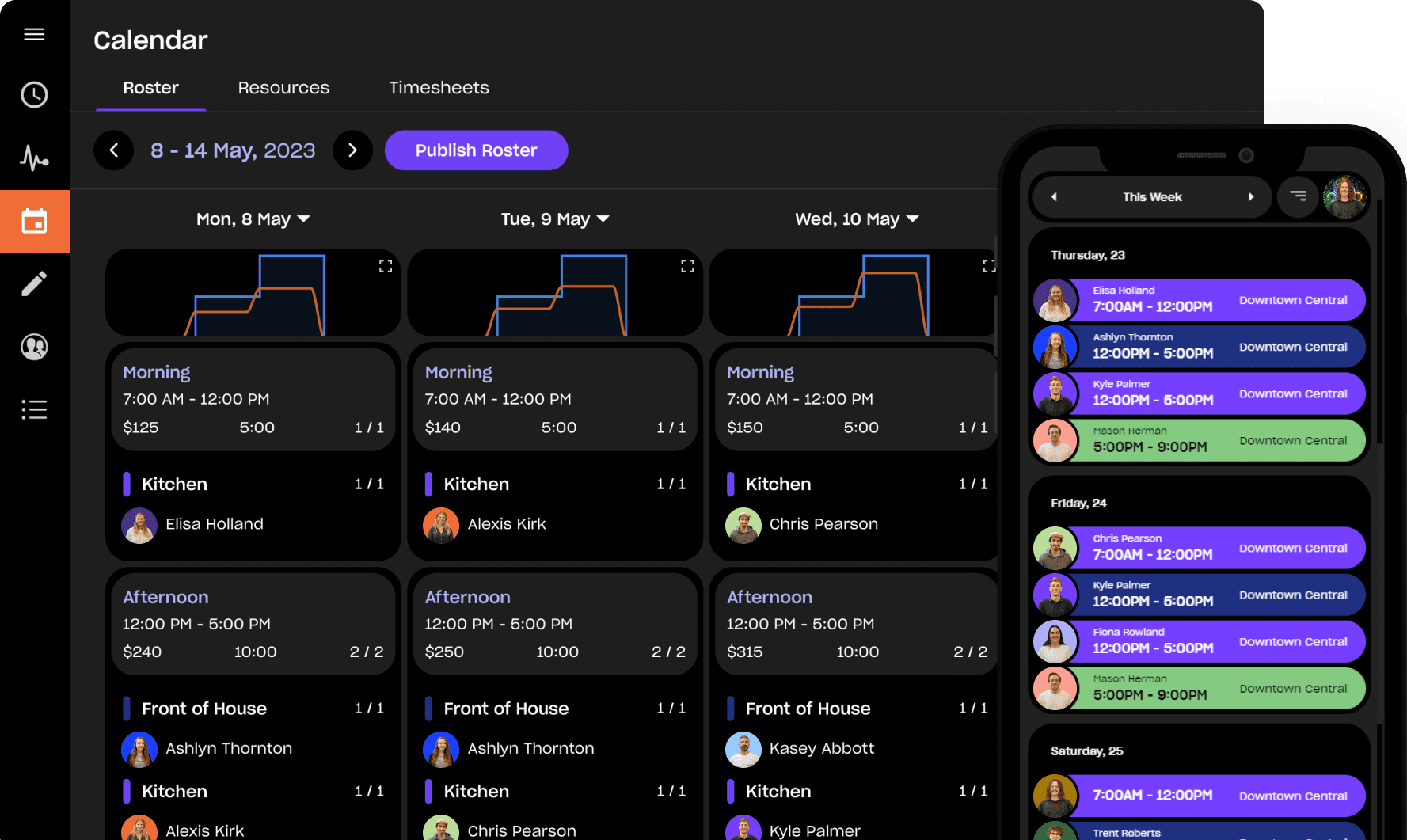Time Tracking
Tips and tricks for accurate time tracking
December 13, 2022
For businesses that employ shift workers, accurately tracking the hours worked is crucial to controlling wage costs and creating accurate rosters.
If you’re sick of dealing with time-tracking trouble, the following tips will give you a blueprint for accurate timesheets, happier employees, and a more efficient payroll process.
Why bother tracking employee time?
For restaurants and retailers, time is money. So it's essential to keep on top of it. Five or six minutes of timesheet rounding per employee per day can add up to tens of thousands of dollars over the course of a year.
Time tracking gives business owners and team managers visibility into where their employees spend their time, and helps with planning and budgeting.
Industries that employ casual and shift workers have more complexity in timesheet management and payroll calculations compared to the relatively straightforward requirements for salaried employees. You may need to deal with rotating schedules, split shifts, and paid and unpaid breaks. Ultimately, getting it right prevents misunderstandings and protects you as the employer.

Tips and tricks to accurately record your team's time
1. Make the details count
There are numerous ways to track employee time, including paper timesheets, Excel-based systems, or just paying people for their rostered hours. But by far the best approach is using an online time clock system.
Cloud-based workforce management solutions, like Droppah, are designed to help your business run more efficiently by capturing to-the-minute timesheets. Photo time clocks help you track start times, end times and breaks, and give you visibility of what everyone is doing in real time.
A clock in and out system adds efficiency and transparency to the time capture process. It creates a sense of fairness by accurately recording hours, so both the staff and the owner know they’re not being taken advantage of.
Better yet, an integrated time tracking and rostering system provides a weekly snapshot of your budgeted employee hours compared to actual hours.
Photo-based time clocks have the added advantage of discouraging buddy punching and ensuring that when staff clock in they are in uniform and fully ready to start their shift.

2. Get your managers involved
To ensure employees properly use your time capture tools, your team managers must understand the benefits of capturing accurate timesheets.
Using a time clock system reduces the amount of time your managers spend on low value administrative tasks. Spending less time on data entry, timesheet adjustments and labour forecasting means more time helping customers.
Another benefit is the ability for managers to track their team's productivity. With an integrated rostering and time-clock system, managers can view labour costs in real time and use accurate timesheets to make informed rostering decisions.
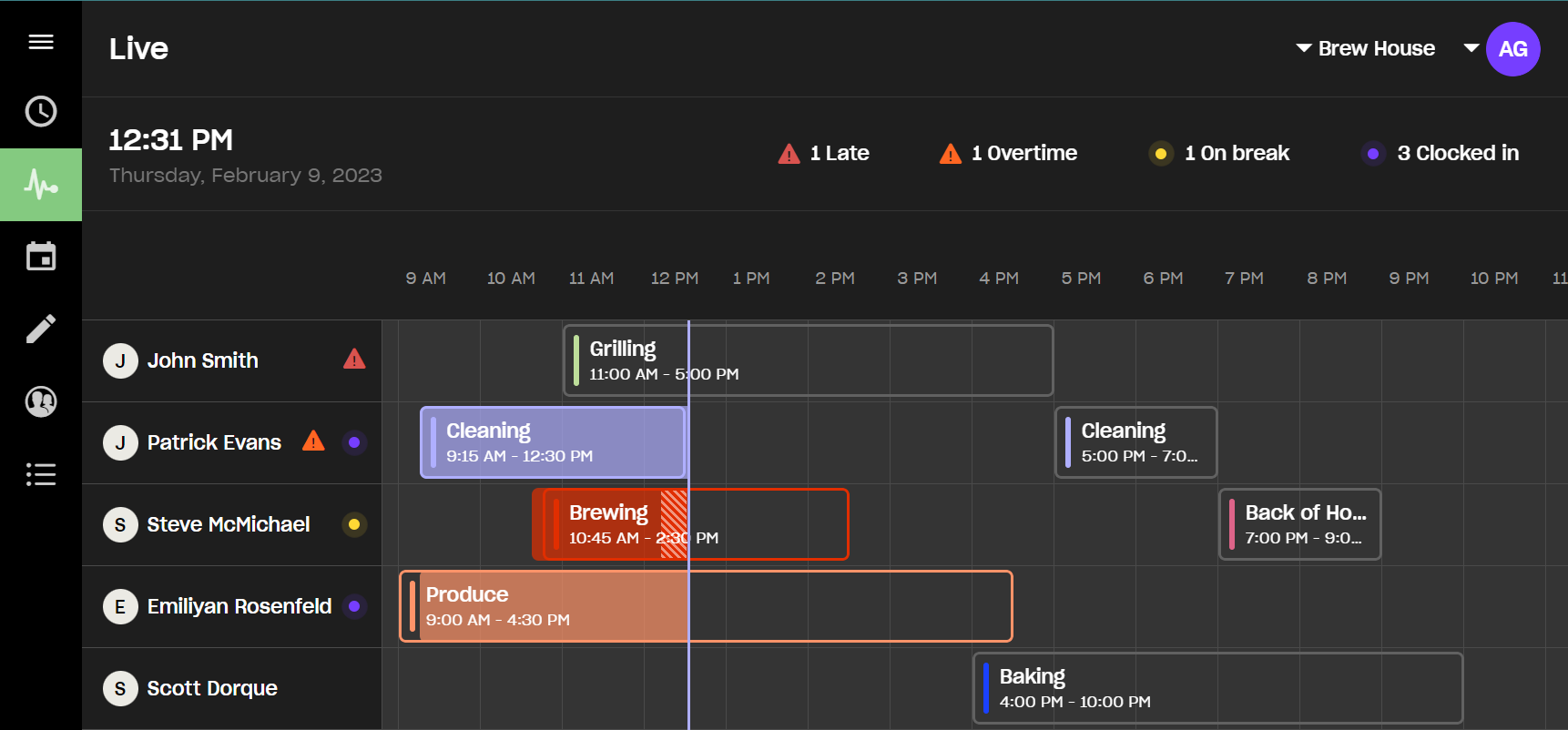
3. Create accurate rosters
Timesheets and rosters go hand in hand. To realise the benefits of capturing accurate timesheets, you need a strong foundational roster with access to employees' up-to-date availability.
The perfect roster should have employees with the right skills and experience in each shift. It should clearly show the labour costs to create a balanced roster while staying within budget.
The nature of shift work is that rosters will fluctuate and things will come up during the day that require a certain level of flexibility. Recording actual hours worked and comparing those to rostered hours will lead to more accurate forecasting for the following week.
Use this free rostering template or try a rostering and time-clock solution to make this more manageable.

4. Make it fun and make it easy for employees to capture time
Keep in mind that your employees use the software day in and day out, so they’ve got to love using it. Find modern software that keeps your employees engaged and suits your unique environment and employee lifestyles.
Clocking in with a selfie captures your employees' faces before and after their shifts, and is a fun (and efficient) way of completing their timesheets. You could run contests for the wackiest weekly photo and throw in a spot prize or two.
Initiatives like these are creative ways to foster a fun work environment - who doesn't love a bit of friendly competition while also solving your manual time tracking problems?
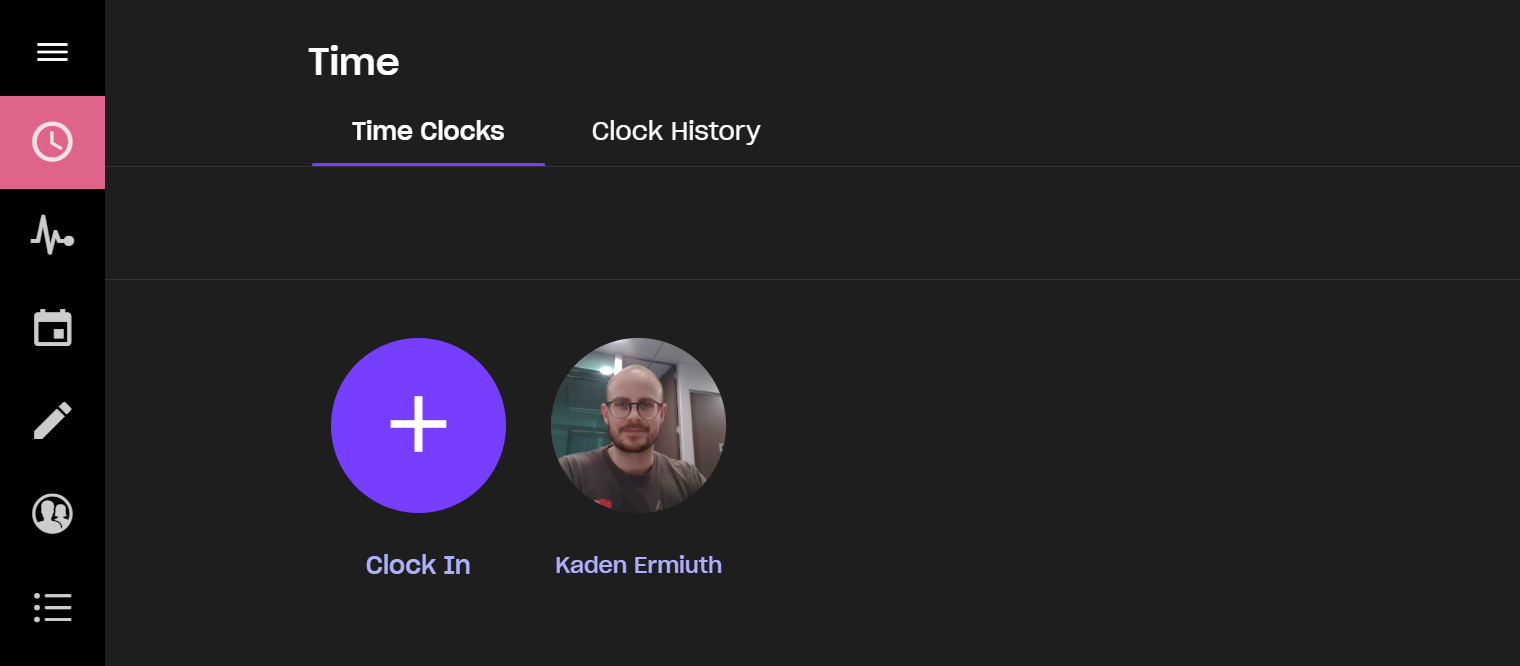
5. Be transparent with the data, so your employees know they have been paid right
You want to pay staff accurately and on time. Time tracking tools help you achieve this and give your employees confidence that they are paid correctly.
Capturing accurate timesheets and giving your employees visibility via an employee app gives them a sense of control. This level of transparency creates trust in business and the systems, making employees happier and more motivated in their workplace.
For the complete workflow from rosters to payroll, integrate your time clock software and payroll system, which leads to our next tip.

6. Connect to your payroll system and automate your data flow
Time & attendance and payroll go hand in hand - so choose a system that integrates with your preferred payroll provider.
With a time clock and payroll integration, the time and attendance data is pulled straight into your payroll software, ensuring accurate payroll and happy employees.
You will save hours of manual data entry and avoid all the costly errors that come with it. Your team will thank you for this.
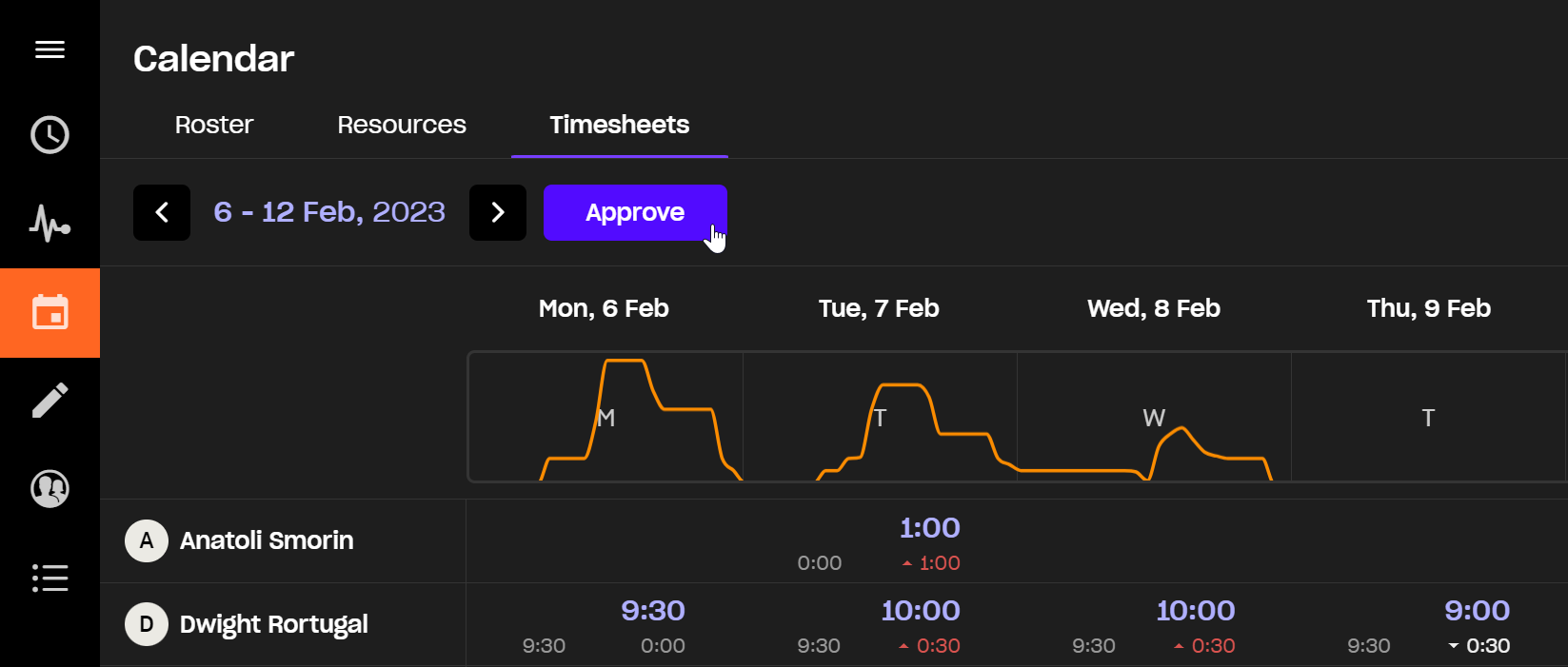
7. Use an online system to automate recordkeeping
Keeping your timesheets on a cloud-based system not only eliminates the headache of paper timesheets, but also makes it much simpler to keep track of employment records.
Maintaining accurate employment records, including employees' pay, time, and leave, is crucial for compliance. Different countries have different timesheet record keeping requirements. In New Zealand, for instance, employers must keep timesheet records for seven years, even after the employee has left.
Good record keeping practices also ensure employees stay within weekly working time limits and take sufficient breaks to avoid burnout. This goes a long way in helping take care of your employees’ wellbeing.
Want to run your business like clockwork? Get started with Droppah today - it’s free for up to 10 employees!
